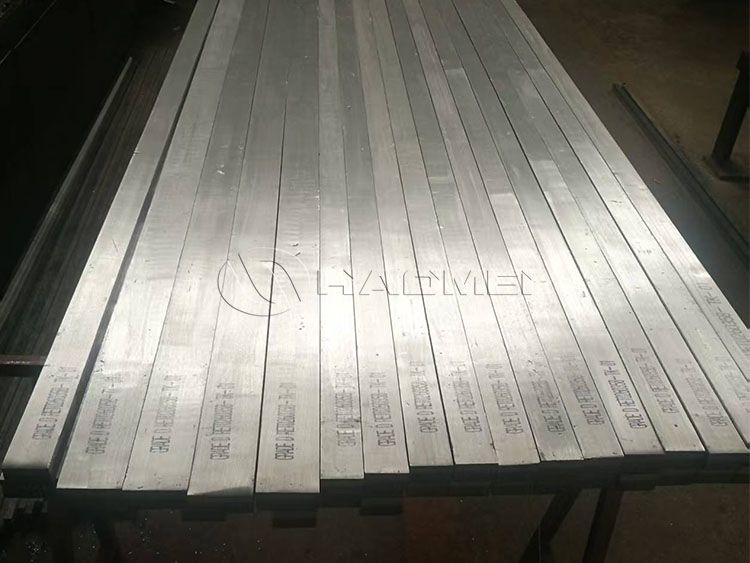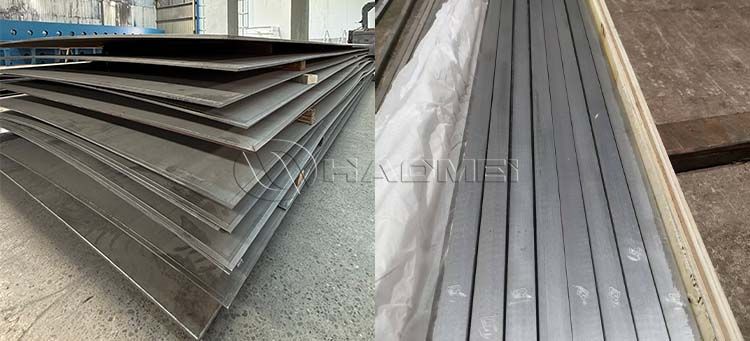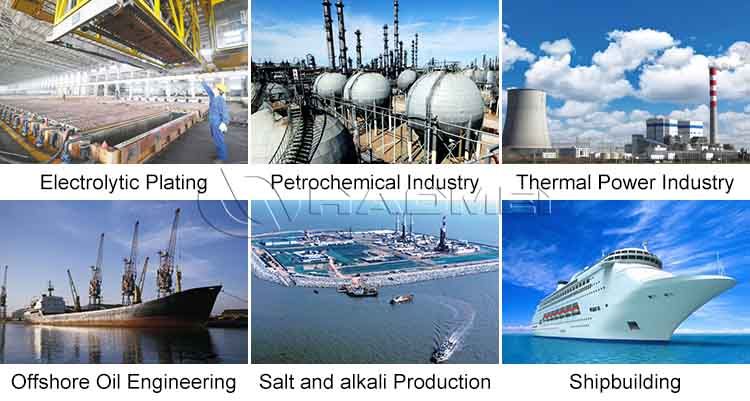Al-steel Transition Joint
Al-steel Transition Joint
Why need triply aluminium steel transition joint
In modern shipbuilding, especially in the construction of high-speed ships, in order to achieve lightweight and increase the speed of ships, low-density aluminum alloy structures are often used.
However, for reasons of strength, carrying capacity, cost and durability, the main hull is usually made of steel, and aluminum alloy is only used in the superstructure to reduce weight and lower the center of gravity, thereby improving the performance of the hull.
Therefore, the high-strength connection between aluminum and steel( the upper and lower layers of the hull) is related to the cruising performance and service life of the entire ship.

Types of aluminum clad steel materials
We provide wide aluminum clad steel sheet and aluminium steel transition joint cut to size according to customer requirements.

Specification
Product name | Aluminum clad steel sheet |
Cladding metal(aluminum) | 1050, 1060, 1100, 5083 1a97, 1a93,1a90, 1a85, |
Base metal(steel) | Q235, Q245R, Q345R, DH36, CCSB, 15CrMoR,16Mn, 20MnMo, 15CrMo, 109MnNiDR, 16MnD, 09MnNiD,etc. |
Size(mm) | 0.1-20/0.2-120x2000×6000 1-14/6-80x ﹤1000x ﹤4000 |
Implementation Standards | Q/XB1906-94、CB1343-1998 GB/T8546-2007 |
Application | Electrolytic aluminum, transition joints, ships, aerospace, instruments, cryogenic engineering, etc. |
Applications
The aluminium steel transition joint and aluminum clad steel sheet are widely used in shipbuilding, electrolytic plating, petrochemical industry, offshore oil engineering, salt and alkali production, thermal power industry,etc.

Advantages
1. High strength: prepared by explosive composite and other technologies, the joint area realizes metallurgical bonding of materials, so that the entire joint has high strength characteristics and can withstand large external forces and stresses.
2. Lightweight: The presence of aluminum makes the overall weight of the joint lighter, which can effectively reduce the deadweight of the structure. In the fields of shipbuilding, rail transportation, etc., it helps to improve transportation efficiency and reduce energy consumption.
3. Good corrosion resistance: Aluminum alloys such as 5083 aluminum have good seawater corrosion resistance. Steel-aluminum composite joints can be used in harsh environments, such as offshore platforms, ships, etc., and can resist erosion by seawater, moisture, etc., and extend service life.
4. Long service life: With high strength and good corrosion resistance, it can withstand long-term use and various working conditions, reducing the frequency of maintenance and replacement, and reducing maintenance costs.
5. Good conductivity: In applications such as steel-aluminum composite conductive rails, aluminum alloys have good conductivity. After being composited with steel, they can achieve efficient current transmission while ensuring a certain mechanical strength, meeting the requirements of power transmission.
6. Excellent comprehensive performance: Combining the high hardness and high wear resistance of steel with the light weight and corrosion resistance of aluminum, it can meet the diverse requirements of material performance in different fields and improve the overall stability and safety of the structure.









